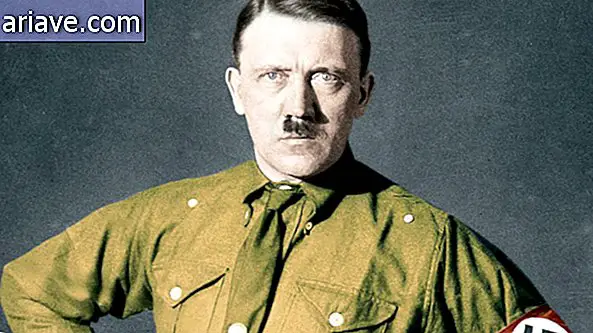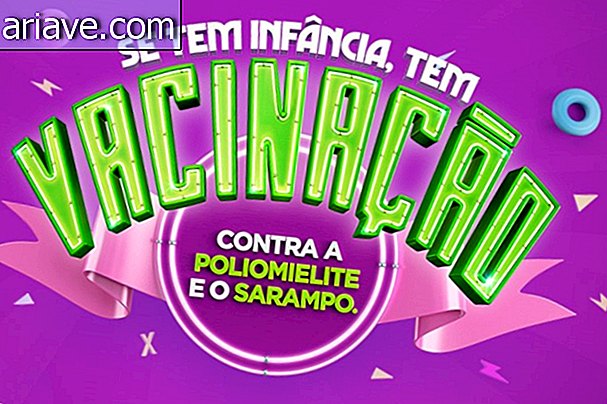Why do some people develop cancer and others not?
As you know, in a nutshell, cancer is nothing more than the division or disordered growth of cells that eventually invade tissues and organs and can spread to various areas of the body. There are over 100 diseases associated with this disease, and their types correspond to the different varieties of cells that exist in our body.
It turns out that inside each cell in the human body there is a specific gene, BRCA1, that regulates the speed with which the cell cycle - or division - happens, and a single mutation may be enough to mess up the whole process. However, if everyone has this gene, why do only a few people get sick?
They cut the brake!

According to Michael Windelspecht - who provided an explanation on the topic for TED - cancer can be compared to a car accident. This is because our body can typically regulate the rate at which cells divide. However, sometimes cancer "cuts" the brakes of this car, causing the cells to divide too quickly.
Based on this explanation, the Zedem Media gang created the animation you can watch below. Unfortunately, the material is in English, but you can check out the translated content below.
According to Windelspecht, although we rely on this regulatory mechanism, sometimes cancer alters the rate at which cells divide, making it too fast. This causes cells to begin to accumulate mutations which, in turn, may cause their functioning to be different from the original, as well as causing tumors to begin to form.
Out of control

Tumors can interfere with the natural processes that occur in the body - such as digestion and breathing, for example - and can potentially cause death in patients. Typically, the human body has a number of genetic mechanisms to control the rate at which cell division occurs, and one such mechanism is the BRCA1 gene, a type of gene known as a tumor suppressor.

Normally, the process of cell division occurs in an orderly manner, and throughout it, there are specific times when proteins - with those produced by BRCA1 - regulate the rate at which the cell must proceed. The suppressor gene does this by helping to repair some forms of mutations in DNA. Thus, if our genetic material is damaged, BRCA1 prevents cells from dividing until the mutation is repaired.
Double operant

Humans have two copies of BRCA1 in each body cell, one from the mother and one from the father. And the fact that we have two of these genes is a good thing, since we only need one of them to work properly to regulate the cell cycle. However, although both have similar functions, this does not mean that the two copies of BRCA1 are exactly the same.

In fact, there are hundreds of variations - or alleles - of BRCA1, and some of them regulate the cell cycle more effectively than others. This means that some people are born with more effective mechanisms to repair and regulate the cell cycle, and in some cases mutations may even render BRCA1 inoperative.

When this happens, cells with damaged DNA eventually divide, and as the cycle goes on, they accumulate mutations that make them less specialized and stop working as they should. If this happens, then these cells are more likely to develop into cancers.

Although everyone has genes in their bodies - such as BRCA1 - that can potentially trigger cancer, the disease only appears when they fail to perform their functions properly. Thus, having an ineffective or mutated version of BRCA1 can increase a person's susceptibility to cancer, just as driving a car with defective brakes can increase the risk of an accident.











